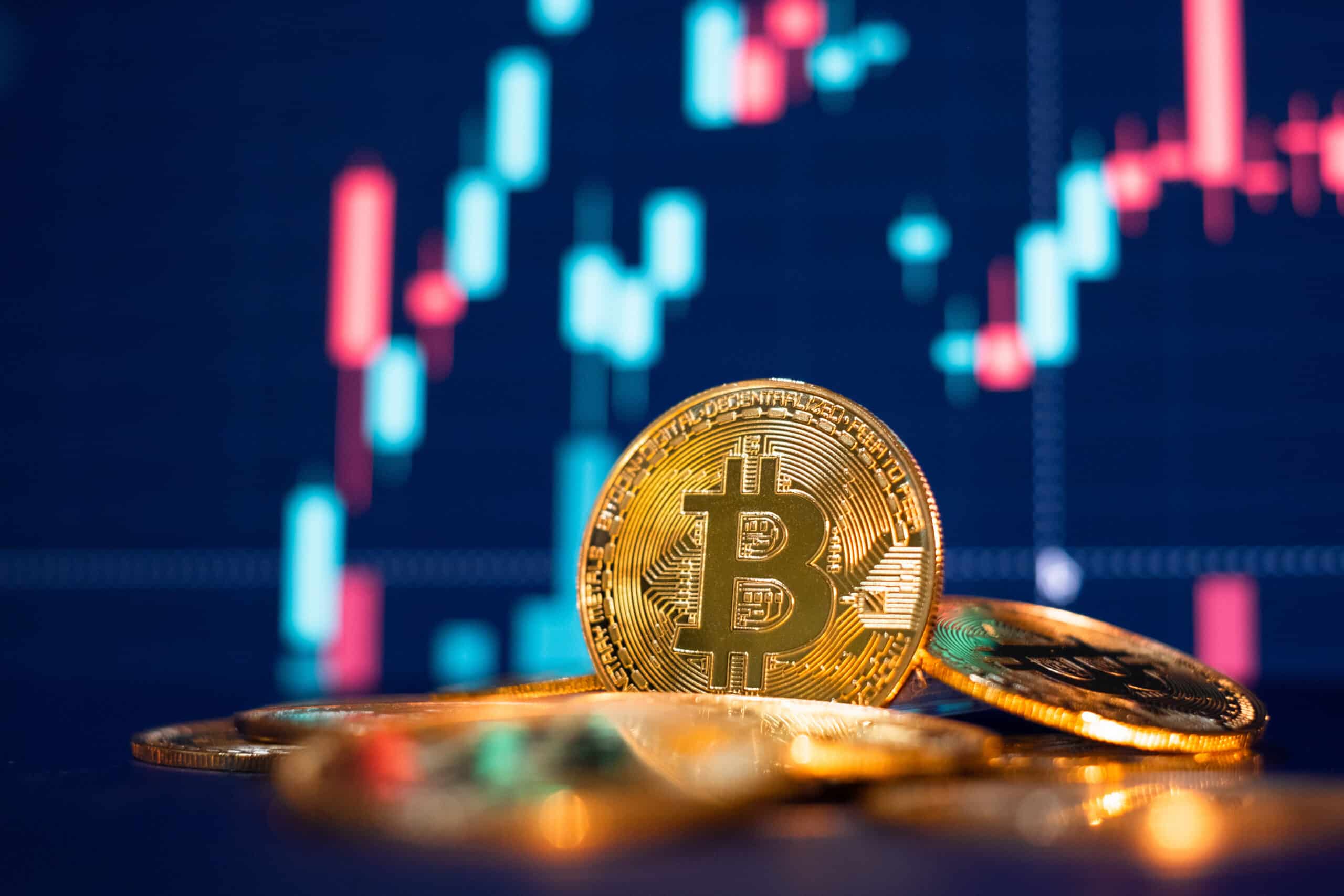The price of bitcoin and other major cryptocurrencies retreated on Tuesday, following a broader risk asset selloff ahead of the Federal Reserve’s policy meeting.
Bitcoin was trading just under the $60,000 mark at the time of writing, losing 6% over the last 24 hours, while the price of ether dipped under $3,000. Altcoins like Solana (SOL) and Avalanche (AVAX) declined more than 8% over the period, as crypto traders saw $387 million worth of liquidations across the board.
Onchain analysts at Glassnode endeavor to build a compass to navigate these market corrections in their latest report examining the state of the crypto market.
“The first step is to identify the aggressive side of the market during a correction, which we define as the cohort contributing the most to the duration and depth of each pullback,” said the analysts.
Using the Realized Loss breakdown metric, they identified that short-term holders had displayed a marked dominance in the market during this time. They noted that recent buyers are more price sensitive and have a higher probability of spending in the short term.
During bull market corrections, this cohort of investors tends to ramp up their spending when the market turns negative, but the pace of this selling slows down when the market price approaches their cost basis.
Holders with coins between one week and one month in age have a cost basis of $66,700, according to the Glassnode analysts. Since the price of bitcoin has largely remained within the $60,000 to $66,700 mark, the conditions for the Market Value to Realized Value (MVRV) metric being between 1 and 0.9 is met which means that a local bottom could potentially be forming.
A sustained break in the price level below this MVRV level could create a cascade of panic and force a new equilibrium price, they said.
Based on the Net Unrealized Profit/Loss (NUPL), derived from market value and realised value to track investor sentiment over time, they noted that the market still seems to be within a “Euphoria phase” — a transition they first highlighted early in April.
“…however it has cooled off meaningfully since the correction started,” they said.



